Is the face of farming rural women?
Equality. Women Empowerment. Gender Development. These are only among the hottest topics on the modern pages, whether print or online, but we are still left with a question: are these altogether succinctly streamlined to the masses to make women in the agriculture sector visible? – to create equal opportunities? – to achieve an inclusive environment?
Before, it cannot be denied that women had been neglected from all sorts of support – in education, in social and political engagements, in technology, or even in one of the most basic industries – agriculture.
Women are crucial resources in agriculture but they often serve as subordinates of their husbands, merely playing the role of assistants to their male counterparts. Social structures like this have opened the gender gap in the field of agriculture, not only does this suggest a disparity between the genders but also associates women’s roles as mere homemakers, with subsidiary and inferior roles as men, limiting their involvement in crucial issues and in decision-making.
However, advocacies and efforts related to amplifying the cause of women’s involvement and participation to achieve an inclusive society, are now all-encompassing. The local agriculture sector, in particular, has deviated from the traditional gender norms – engaging women farmers in the field to achieve the overarching goal of growing economies.
The seemingly never-ending struggle for equality has been turned to opportunities involving women farmers. The Special Area for Agricultural Development (SAAD) Program of the Department of Agriculture (DA), if not pioneered, became allies of this movement by creating opportunities and enabling environment for women alongside its priority thrust of empowering the agricultural labor force and promoting agricultural development in general.
In a speech delivered by Senior Undersecretary Domingo F. Panganiban during the 2023 National Women’s Month Celebration opening ceremony, he highlighted that the DA has been pursuant to Republic Act (R.A.) 9710 or the Magna Carta of Women which provides that every government agency shall allocate at least 5 percent of the total GA budget for Gender and Development.
“We are dutifully invested in services for women empowerment pursuant to RA 9710 and we take pride as a government agency responsible for the promotion of agricultural development. We have ensured that women are included in the Registry System for Basic Sectors in Agriculture (RSBSA) such that they are qualified to access the support services needed for increasing their production and income. At the end of January 2023, some 2.8 million women were registered in the RSBSA, or 43 percent of the total 6.6 million farmers and fisherfolk. Furthermore, these women are also eligible to be participants and beneficiaries of other agencies that we have with which we have data sharing agreements Usec. Panganiban.
He added, “Last year, we exceeded the mandated budget percentage as we allocated 70 percent of 11 billion out of the 59.8 billion days budget for this year. We have increased our GAD budget by 6.2 billion or 17.2 billion out of the total allocation of 87.07 billion. We are actively pursuing the implementation of laws relative to the protection of our employees from sexual harassment or violence against women. Whatever gains that we have made will not be possible without the support of women and men who have committed to the cause of gender equality and women empowerment. ”
Breaking barriers the SAAD way
When we talk about agriculture, rarely do we approach the issues at hand through the gender lens. However, in an article published by Oxfam International (2023), barriers such as gender inequality hold back women from accentuating their capacity in farming. The article underscored several points such as the restrictions related to gender where women farmers do not receive the same support as men; they have less access to land, loans, and machinery; and their heavy involvement in domestic activities like caregiving, cooking, and cleaning which remain hidden economically. Furthermore, it highlighted that supporting women farmers would help hundreds of millions fight food insecurity, and equalizing the gap in gender could boost agricultural output and decrease global hunger by 17 percent.
According to the Philippine Statistics Authority (PSA) data released in December 2021, women comprised about 15.0% or 2,272,000 of the total workforce employed in the agriculture sector in 2020. Despite their continued participation in an agricultural setting, they are still marginalized in terms of basic services, employment income, access to resources, land ownership, and decision-making as some of their works are not even accurately captured, almost invisible (PCW, n.d.).
Women farmers work more, yet are paid less and this can be traced back to the widening pay gap in agriculture where the wages of men are relatively higher on average than that of women. In 2016 alone, data shows that women received Php 181 wage per day whereas men received Php 193. In the previous years, the variances remained consistent at Php 12 in 2012, Php 7 in 2013, Php 10 in 2014, and Php 15 in 2015. This data showed that men received Php 11 average wage higher than women. (Briones, 2018)
Slowly, however, the unpaid labor performed by women has been changed to hired labor, each with a proportional wage separate from the reproductive labor expected of women. Over the years, that exclusive status quo has transformed into women carving their own spaces. Take into account the four (4) women highlighted in a CNN article as loud advocates of food production, read the story here http://bitly.ws/GdwE (CNN, 2018).
The agriculture sector has proved that an inclusive environment leads to a more empowered women workforce. More than producing tangible outputs, empowered women likewise produce intangible returns: camaraderie and harmonious relationships among group members and the local agricultural sector.
The implementation of the SAAD Program in Western Visayas, for example, is noteworthy because it has seen the potential of allowing women to participate in and lead livelihood projects. Reflected in SAAD’s regional data, the program has served 2,152 women farmers in Antique and 3,831 in Negros Occidental with a recurring total of 5,983 women farmers in Western Visayas alone since its inception in 2019 up to the closure of Phase 1 in 2022. To recapitulate, the program provided opportunities to 1,168 women members in 2019, benefitted 1,716 women members in 2020, which later doubled to 2,650 in 2021, and further supported 449 women farmers in 2022 as per updated data provided by the Information Technology (IT) Unit of SAAD Western Visayas.
Over the course of the implementation, the number of additional women beneficiaries has increased significantly by half. This can be attributed to the efforts of the program in engaging women farmers in various managerial and entrepreneurial activities from them being FA officers actively involved in hands-on training related to production to labeling and packaging of products to joint trade fairs and exhibits that even those who work home-based can actively become a part of.
This month of women and for women, SAAD celebrates the role of women farmers in agriculture who are present in all the stages of the food value chain. In the following paragraphs, we have acknowledged the women leaders of Western Visayas. Thru SAAD way, agri-bida si Juana!
Women of Western Visayas
Celebrating Women’s Month is celebrating womanhood – forging equality in the playfield, acknowledging the achievements of women, and amplifying awareness of women’s visibility and value.
On October 14, 2022, one hardworking female farmer from the municipality of Don Salvador Benedicto, Negros Occidental was recognized. Mrs. Dolores Ceralbo, the vice-chair of Pandanon Integrated Balangon Farmers’ Association (PIBFA), was awarded as the Outstanding Rural Woman in the region. (Source: DA-RAFIS 6 facebook post, October 15, 2022)
Recognizing her notable contribution, she received a Php 50,000 cash prize, a Php 50,000 worth of project grant, and a plaque of recognition. Elena G. Ortega, assisting technician of the Office of the Provincial Agriculturist (OPA) Negros Occidental, likewise received a Php 15,000 cash prize.
To note, PIBFA is a recipient of Rice Production and Mushroom Production Projects of the SAAD Program in Western Visayas. Mrs. Ceralbo, with her passion for sustainable agriculture, was able to establish her organic integrated farm with crops such as assorted vegetables, bananas, and sugarcane. Likewise she produces organic concoctions and extracts while providing meals not only for her family but also the whole of her community through her dedication to farming. Read PIBFA’s story of resilience here https://rb.gy/l538p.
Also added to the limelight is the woman leader of the Lalong Integrated Upland Farmers’ Association (LIUFA) in Calatrava, Negros Occidental. Hailed as one of the Outstanding Negrense Women in Negros Occidental and an awardee for the Women Engaged in Agriculture and Fishery category, Mrs. Luisa Manayon, excelled in agriculture and whose exceptional achievements have a positive impact on the community. She leads the 50-member group that is a recipient of the SAAD Program’s FY 2020 Rice Production Project worth Php 295,450 and supplementary projects worth Php 785,000.
The consolation prize was given during the Recognition for Women in Agriculture and Rural Development (REWARD), spearheaded by the Office of the Provincial Agriculturist and Gender Development (GAD) Negros Occidental on October 10, 2022 (report source from the Provincial Government of Negros Occidental).
“I am very thankful to the DA-SAAD for the prompt implementation of agricultural projects in Barangay Lalong. On behalf of the members of our association, we vow to take good care of these SAAD livelihood projects so our community could attain a sustainable economy,” Mrs. Manayon expressed. Read the related story of LIUFA here https://rb.gy/ei38j.
Another inspiring story is that of Ms. Ivem Bartolome, 46, who leads the Negritos Ata-Bukidnon Development Project, Inc. in Barangay Lalong, Calatrava, Negros Occidental. Apart from spearheading her association in managing Corn and Coffee Production Projects, Bartolome inspires and supports her fellow women farmers serving as a chieftain of their tribe and Municipal Focal Person for Indigenous People (IP).
In addition, one relatively small but thriving all-women farmers’ group is making rounds in the playfield. The Purok Langka Kalipi Association in Don Salvador Benedicto, or PULKA, comprises 40 registered members who are housewives actively engaged in growing rice and corn crops.
Maribeth Cabanes, Chairwoman of PULKA, attested to the unyielding courage of her fellow women farmers: “We formed this organization in a bid to empower rural women farmers. We know that women have vital roles in ensuring a sustainable rural economy and hunger-free community. It was through the training provided by SAAD that we realized that women are not just housewives, we have bigger roles to fill in our community in order to achieve sustainable growth.”
In the province of Antique, however, one female leader is making a change in her community. Fely Roquero, 59, President of Lublub Fresh Vegetable Noodle Makers Association (LFVNMA) from the municipality of Valderrama in Antique, is guiding her association with might and humility. With 25 registered members, LFVNMA became a recipient of the Peanut Production Project of SAAD in 2020. With the promising venture on peanut production and value-adding, the group is now banking on squash noodle production as an additional livelihood. Read the related story here https://rb.gy/a61xf.
Mrs. Roquero remarked, “We always say that SAAD serves as the backbone of small-scale farmers, like us. We should not only receive interventions from SAAD but must utilize these to the utmost so we can be independent on our own.”
On the other hand, the Ratanila Cluster Level Association (RCLA) from the municipality of Laua-an, Antique aims for great strides in agriculture through the various livelihood projects granted by the program including rice, goat, corn, and native chicken production. RCLA being an all-woman group from 2019-2020 led the production and management of the given projects. Read RCLA’s thriving egg production here https://rb.gy/5for0.
“Our barangay is one of the poverty-stricken areas in the province with lack of access to government services and projects. Our way of living here was very hard but it started to improve when SAAD rolled out interventions in our community,” said Marsalina Labanon, President of RCLA, when asked about her sentiment with regard to the SAAD projects.
Truly, one project can only be deemed successful when there is a noticeable change in the members’ lives, yet one cannot be without a leader who manages and looks after her fellows, more especially since this leader is a woman.
Sheryl Mae Gaylan, SAAD Regional Action Officer emphasized in an exclusive interview that apart from the livelihood interventions SAAD Western Visayas provided, the program also partnered this with value-adding training which mostly benefited women beneficiaries, especially those who are engaging in community-based enterprises.
In this light, SAAD women farmers equipped with a necessary set of qualities and skills do not only stay as farmers; they go way beyond feeding their families to making sustained profits out of their yield. To wrap, surfacing women’s contributions in agriculture is also valuing what women can do. Empowering them is empowering a community, a nation, and ultimately, the world.
Toward achieving a gender-equal environment
The DA-SAAD Program joins the nation in celebrating National Women’s Month as part of our commitment to reinforce action and echo the cause. For we believe in the change forged by women, the DA continues in its journey to seek more innovative and proactive approaches in broadening its scope of interventions and activities to boost the morale of the productive members of the economy, more especially, women.
In a nutshell, out of the 90,888 women working in the agricultural, forestry, and fishing sectors in Western Visayas (PSA, 2020), at least 6.58 percent of the population were SAAD beneficiaries. If the numbers suggest a small yet significant fraction served out of the total population in the region, how much growth and social transformation can we expect if concerned agencies/units would steer and renew their commitment towards the advancement of women’s rights?
Indeed, there is no better way to develop a community than to partner with the women sector side-by-side and become one on a journey with the men workforce in pursuit of creating a more pronounced gender-equal environment. ###
Writer: Cedie C. Bataga, DA-SAAD Region 6 Information Officer
Cartoonist: Angela Grace C. Mosqueda
References:
Briones, R.M. (October, 2018). Philippine Institute for Development Studies. The wage gap between male and female agricultural workers: Analysis and Implications for Gender Development Policy (page 7). Retrieved from https://pidswebs.pids.gov.ph/CDN/PUBLICATIONS/pidsdps1815.pdf.
Department of Agriculture. (2018). Women in Agriculture: The Philippine Setting infographics. Retrieved from http://www.pcaf.da.gov.ph/wp-content/uploads/2018/05/2018_Infographics1_Women-in-Agriculture.pdf
Philippine Statistics Authority. (2021). Agricultural Indicators System: Employment and Wages in the Agriculture Sector. Retrieved from https://psa.gov.ph/sites/default/files/%28ons-cleared%29_FO%207_Employment%20and%20Wages%20ao%20ONS-21122021_ONSF-signed.pdf
Philippine Statistics Authority. (2020). October 2020 Labor Force Survey. Retrieved from https://rsso06.psa.gov.ph/sites/default/files/2022%20Women%20and%20Men%20Statistical%20Handbook%20-%20RSSO%20VI.pdf
Bueno, A. (2018). CNN Philippines. 4 women who are changing Philippine agriculture. Retrieved from https://www.cnnphilippines.com/life/leisure/food/2018/03/15/filipino-women-in-agriculture.html
Department of Agriculture. (2023). National Women’s Month Celebration. Watched from https://www.youtube.com/watch?v=wKmAkgQbitc&t=3633s.
Oxfam International. (2023). Empowering women farmers to end hunger and poverty. Retrieved from https://www.oxfam.org/en/empowering-women-farmers-end-hunger-and-poverty.
Philippine Commission on Women. (n.d.). Agriculture, Fisheries and Forestry Sector. Retrieved from https://pcw.gov.ph/agriculture-fisheries-and-forestry/.
Philippine Statistics Authority. (2021). Special Release on Women and Men in Western Visayas 2020. Retrieved from https://rsso06.psa.gov.ph/sites/default/files/region6/pages/Special%20Release%209%20-%20Women%20and%20Men%20in%20Western%20Visayas.pdf
Subade, A.J.M./DAWV_Info. Outstanding Rural Women 2022. Facebook, October 15, 2022.

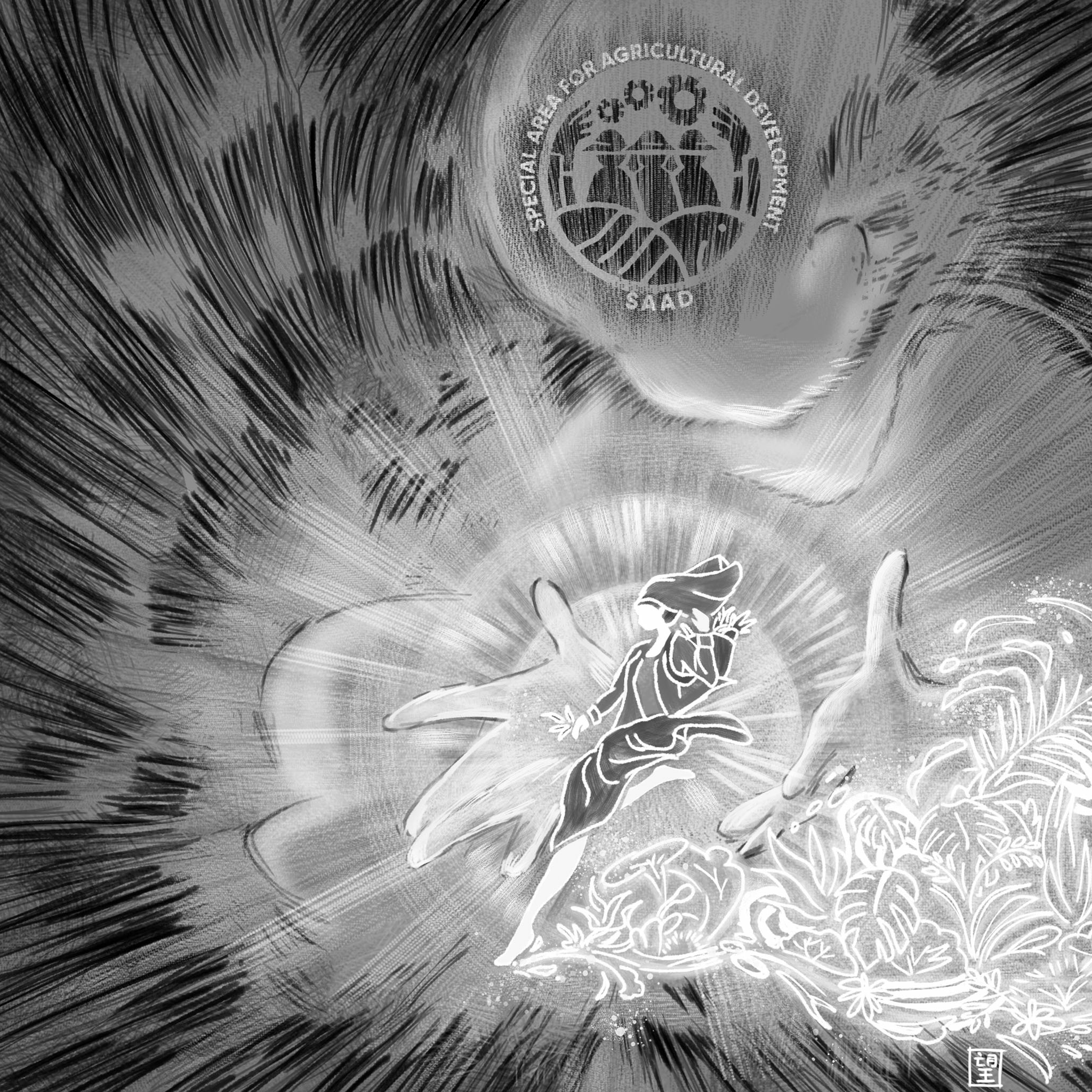
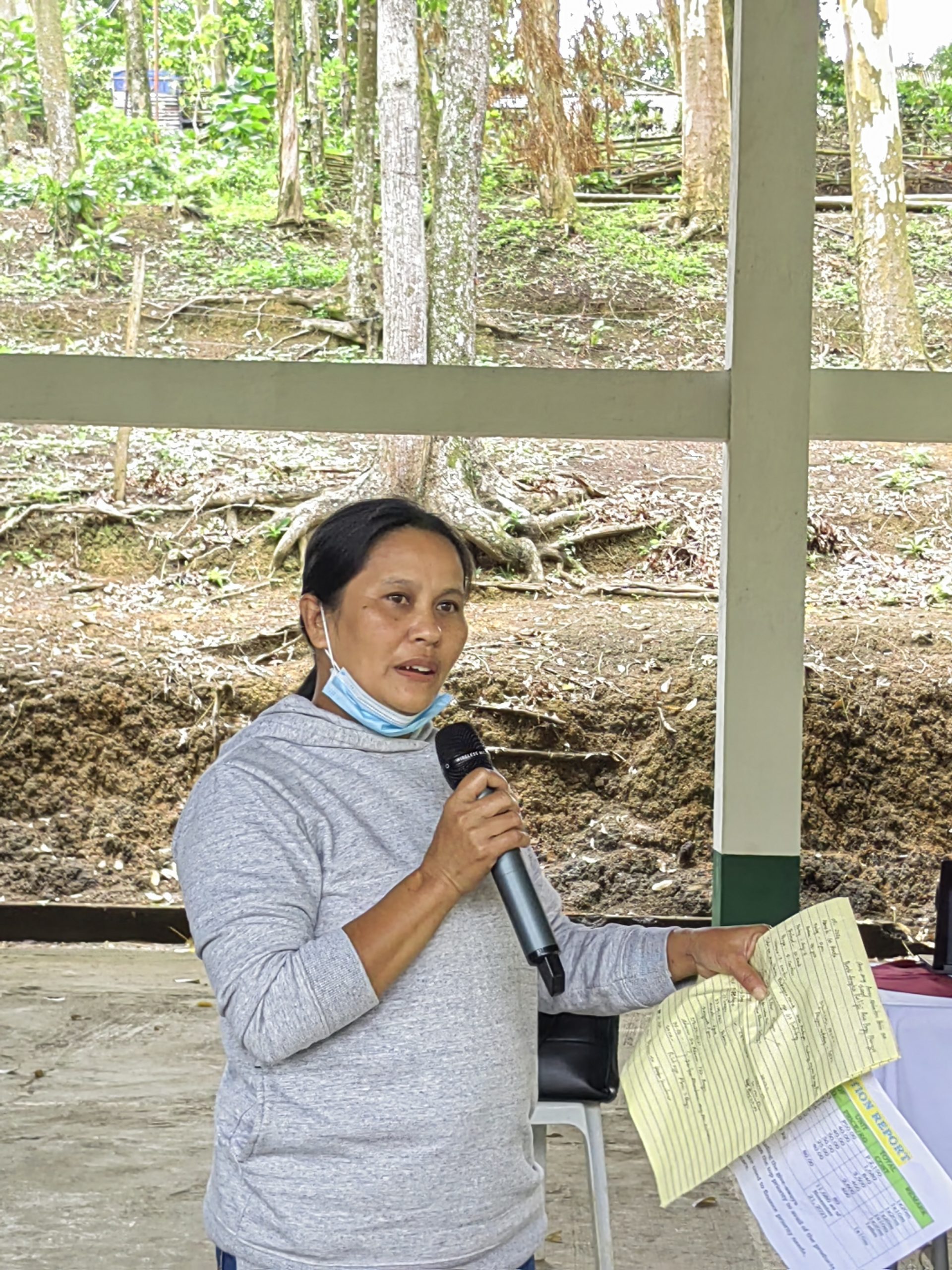
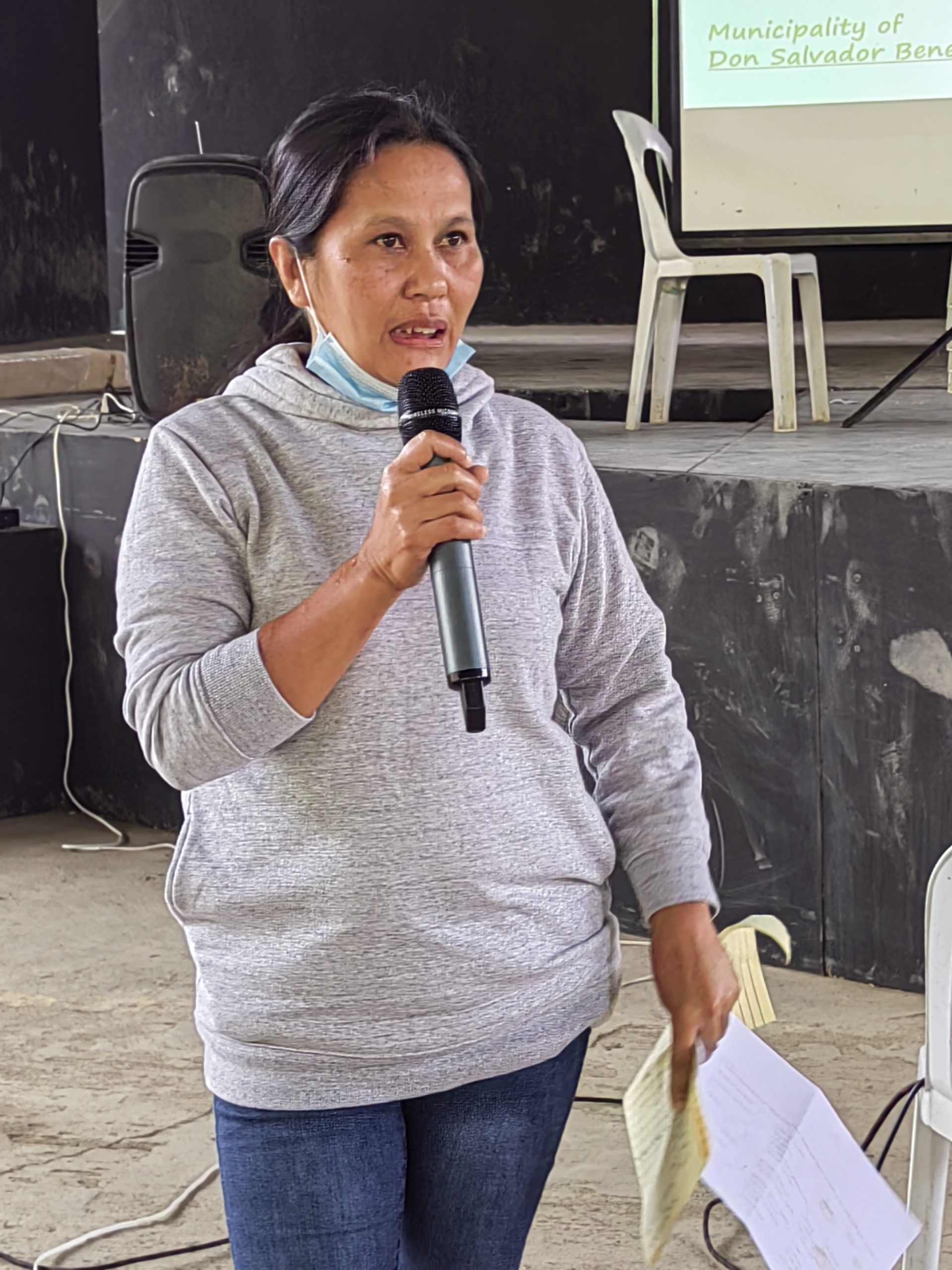
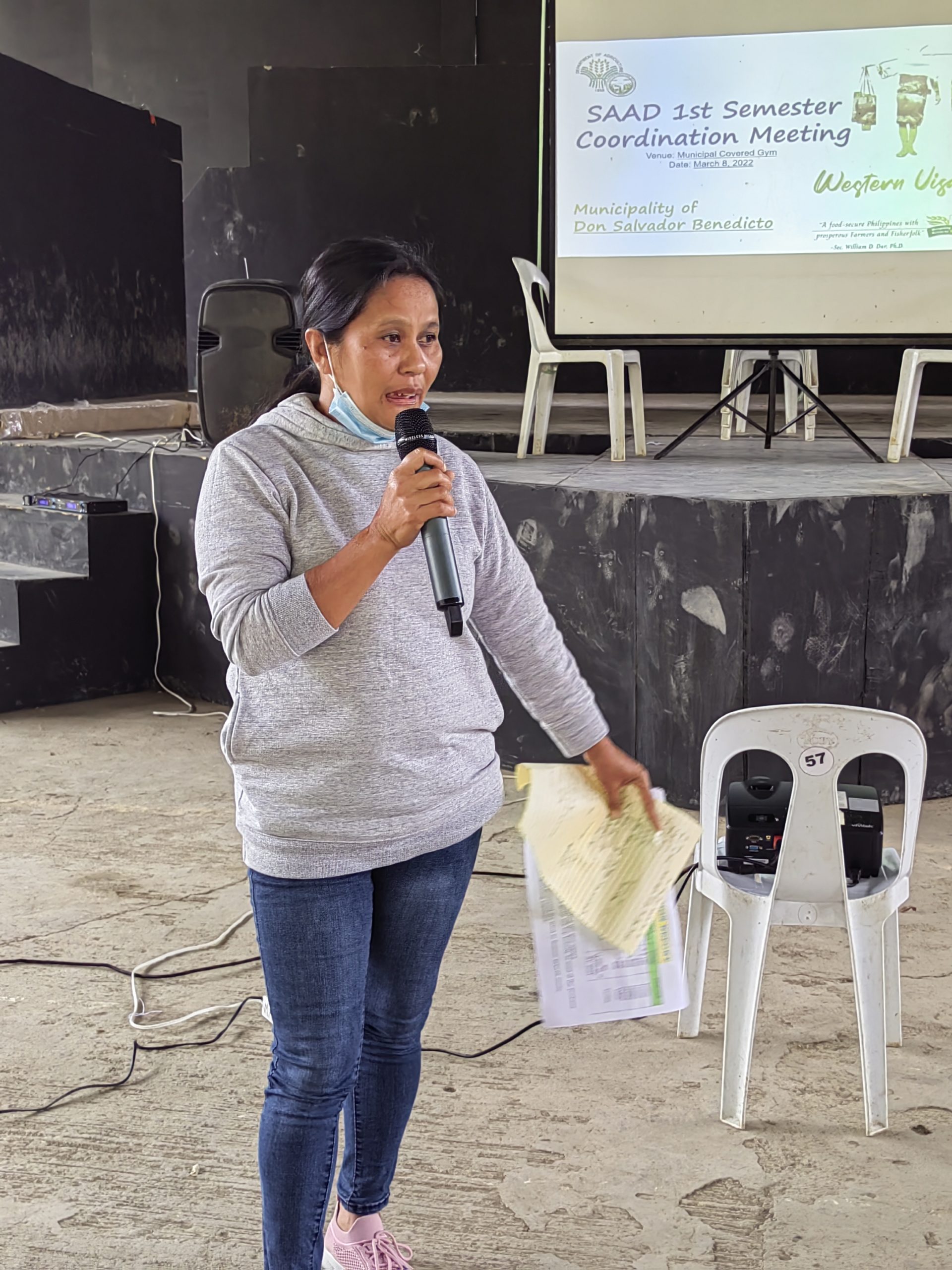
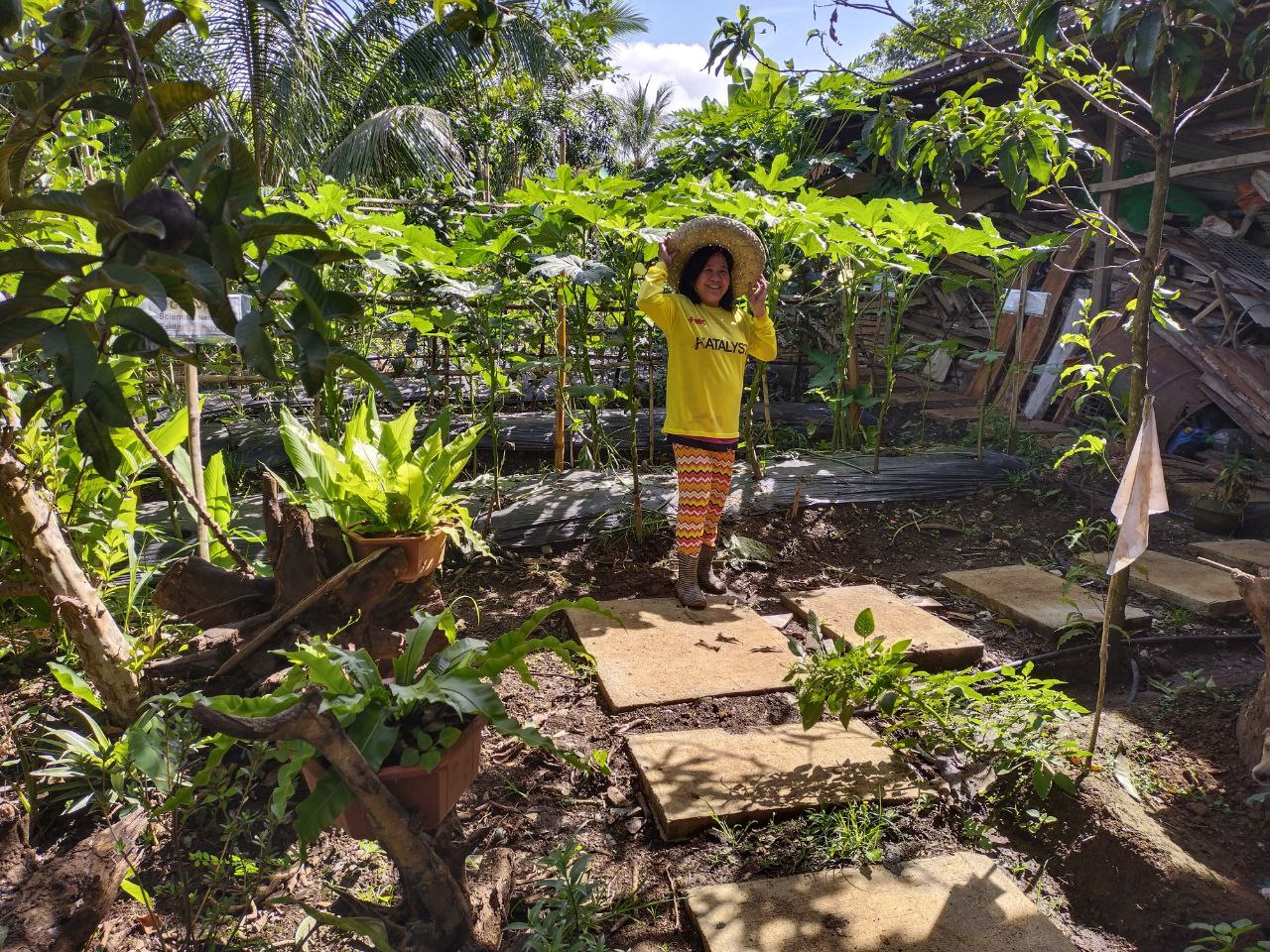
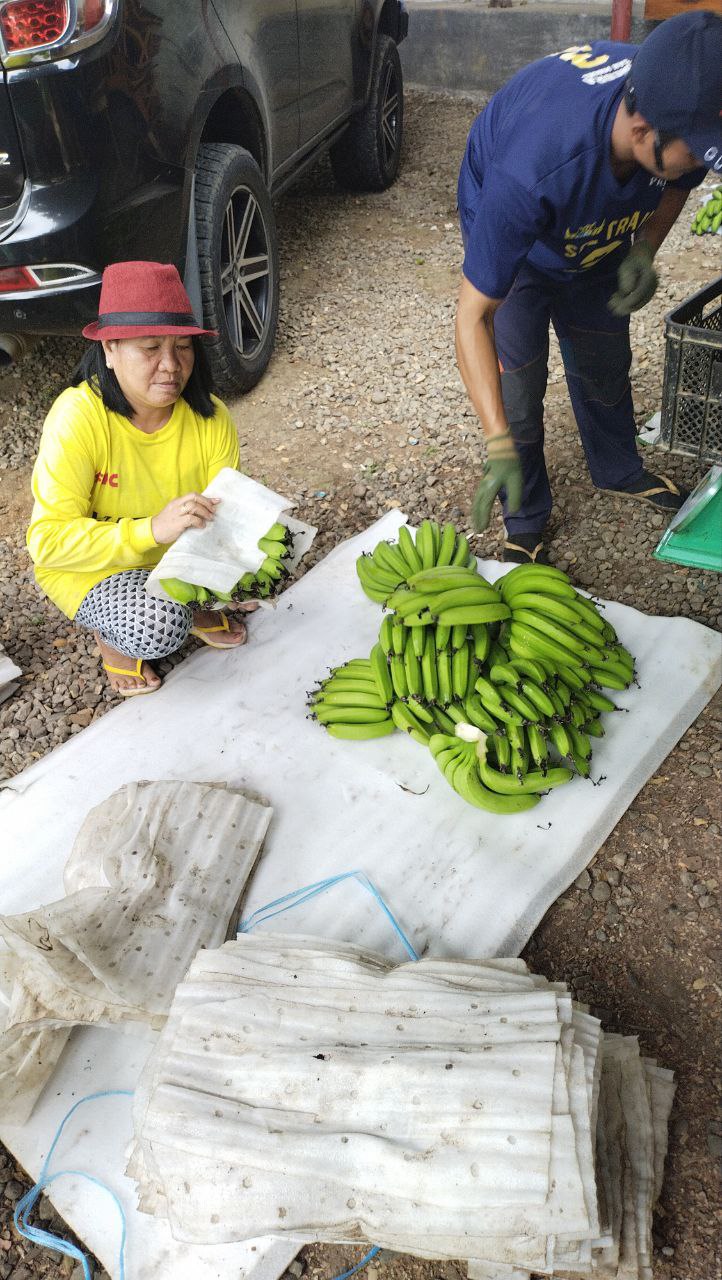
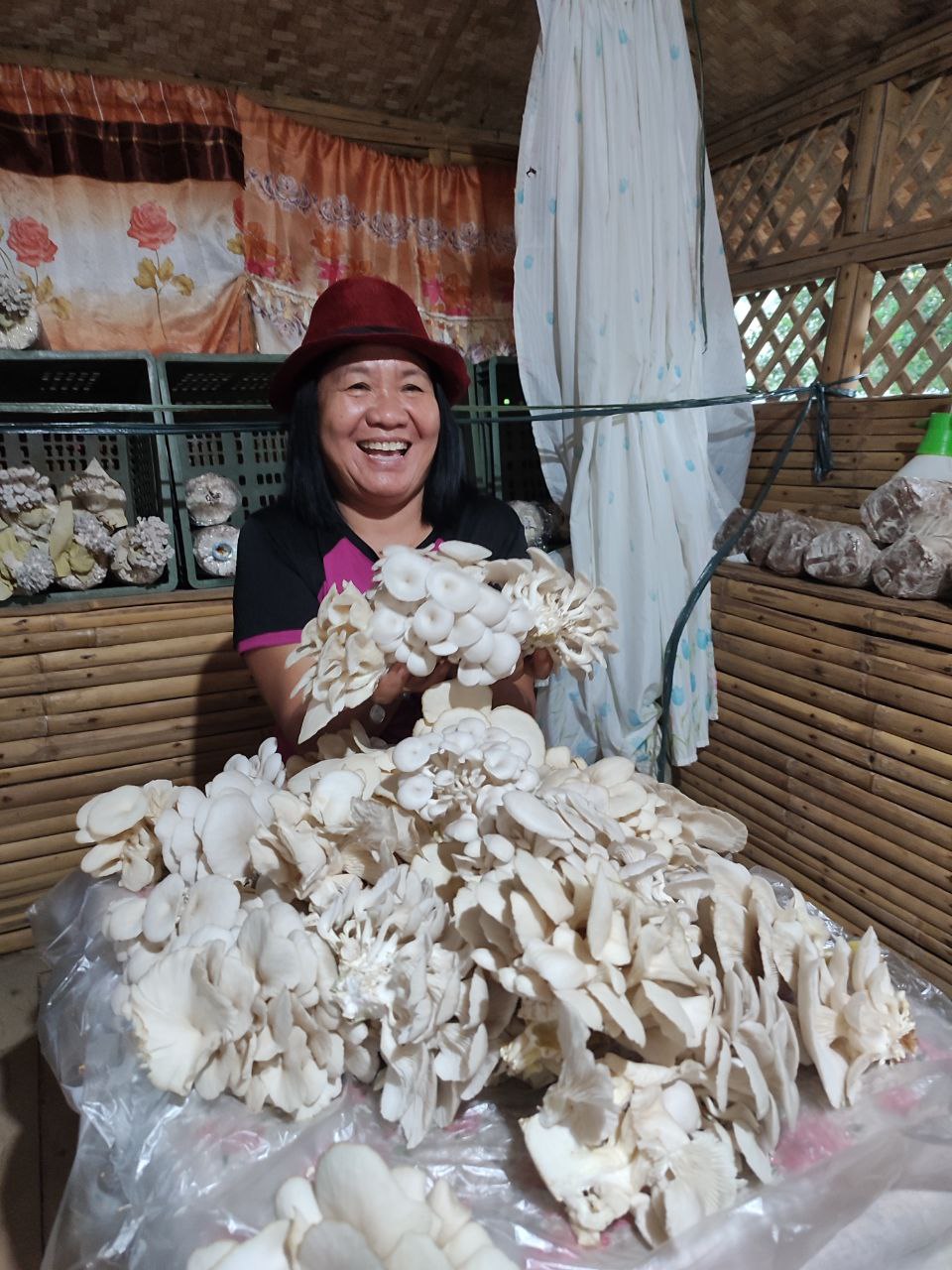
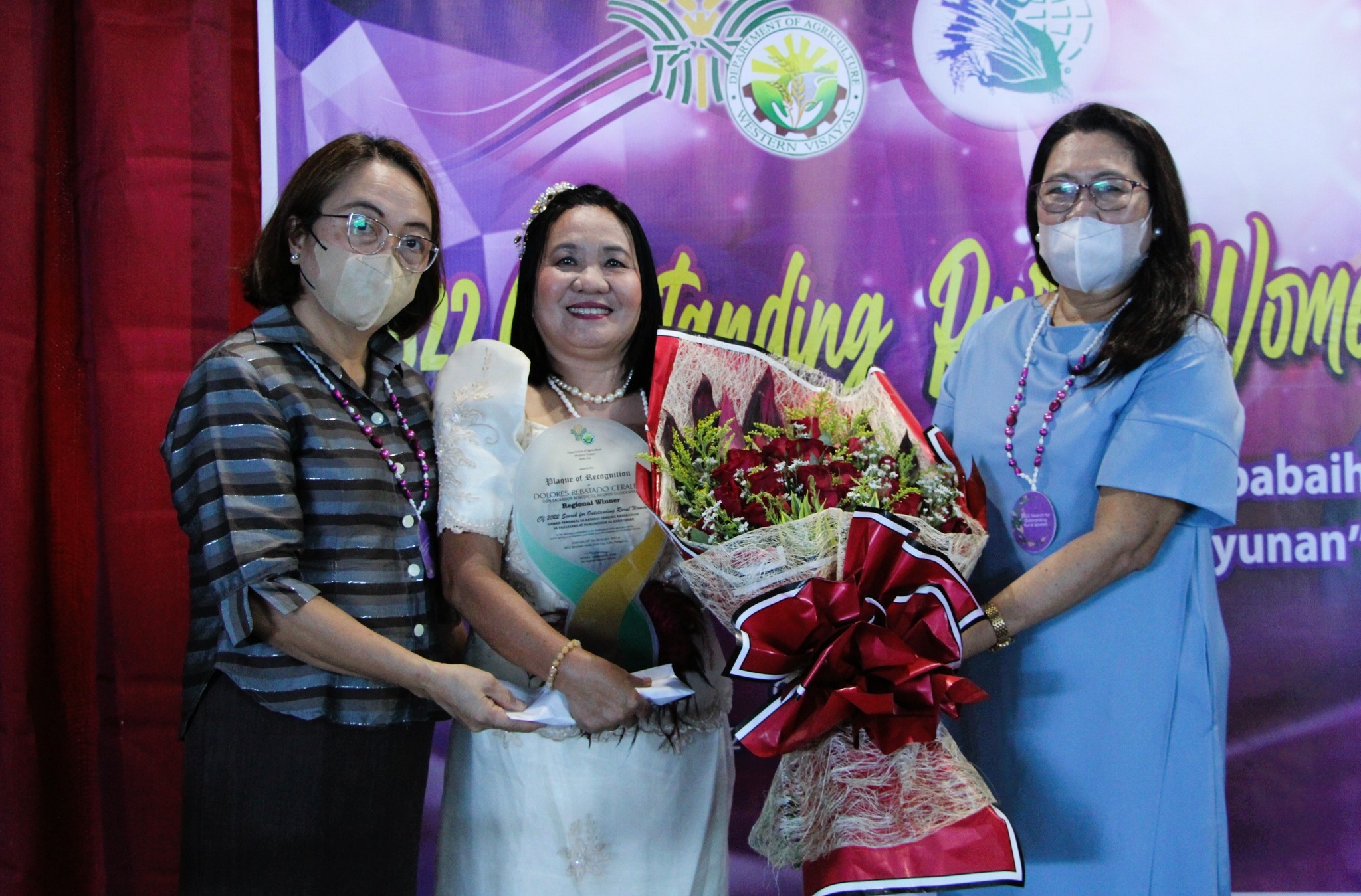
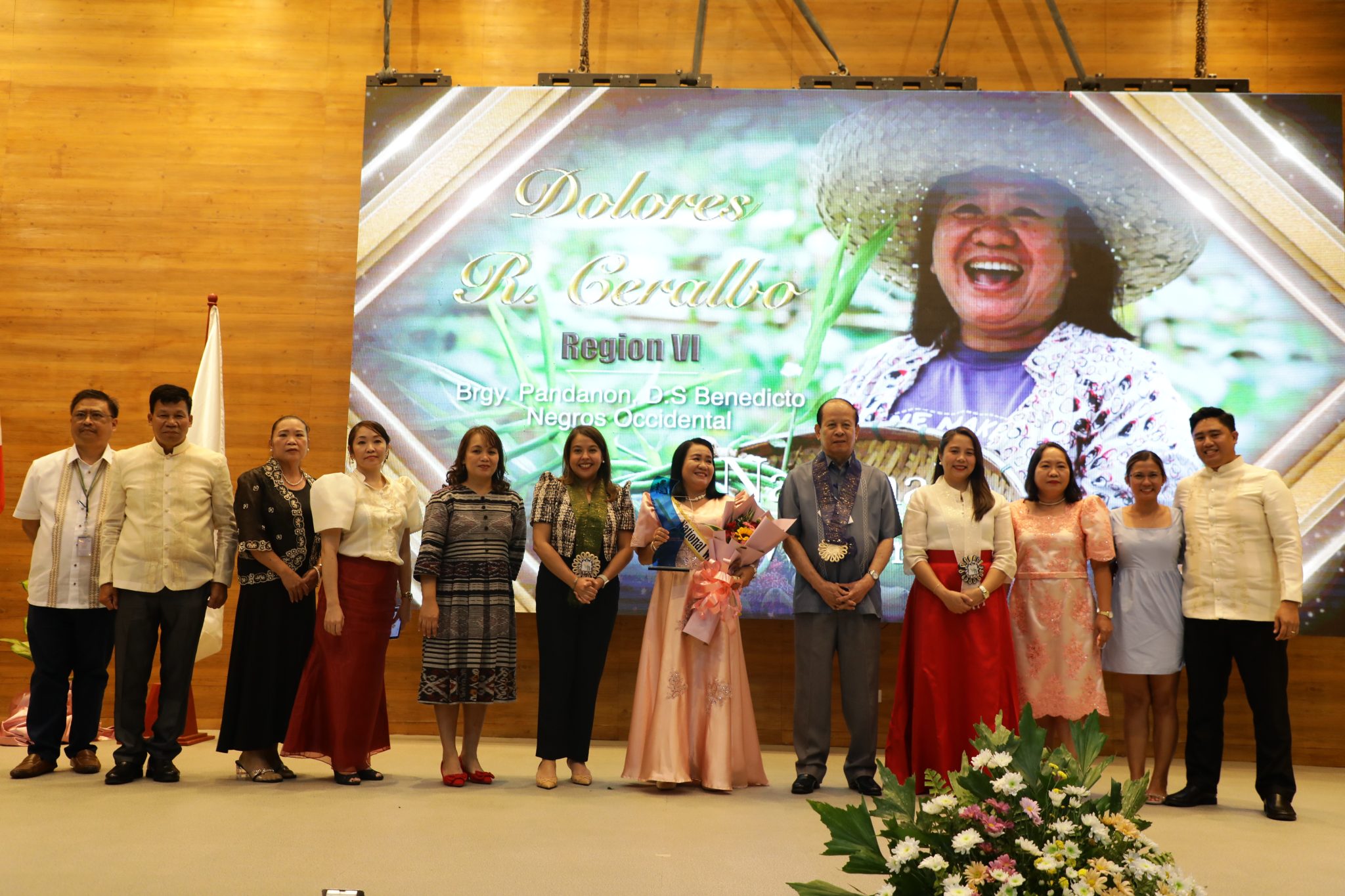
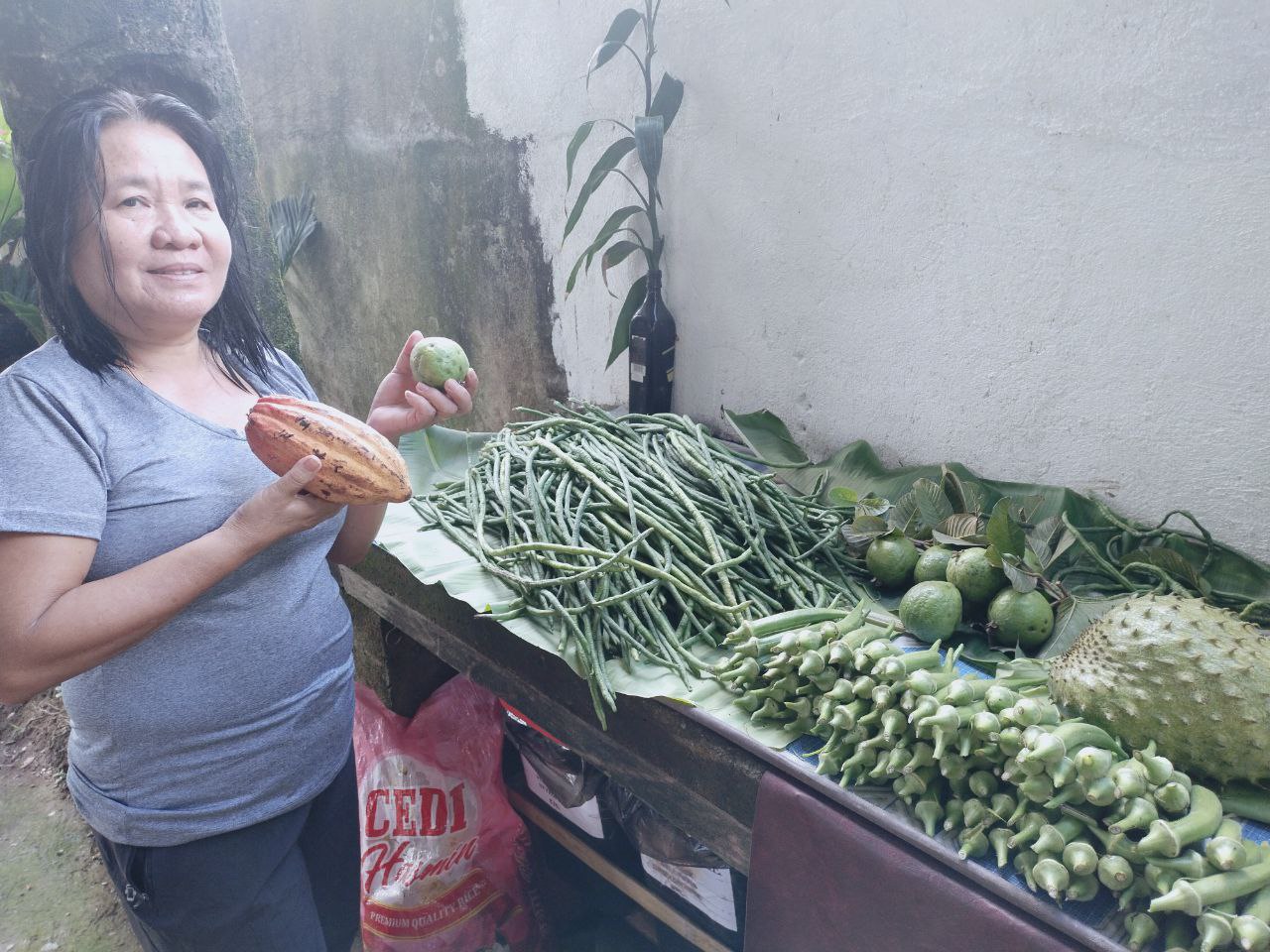
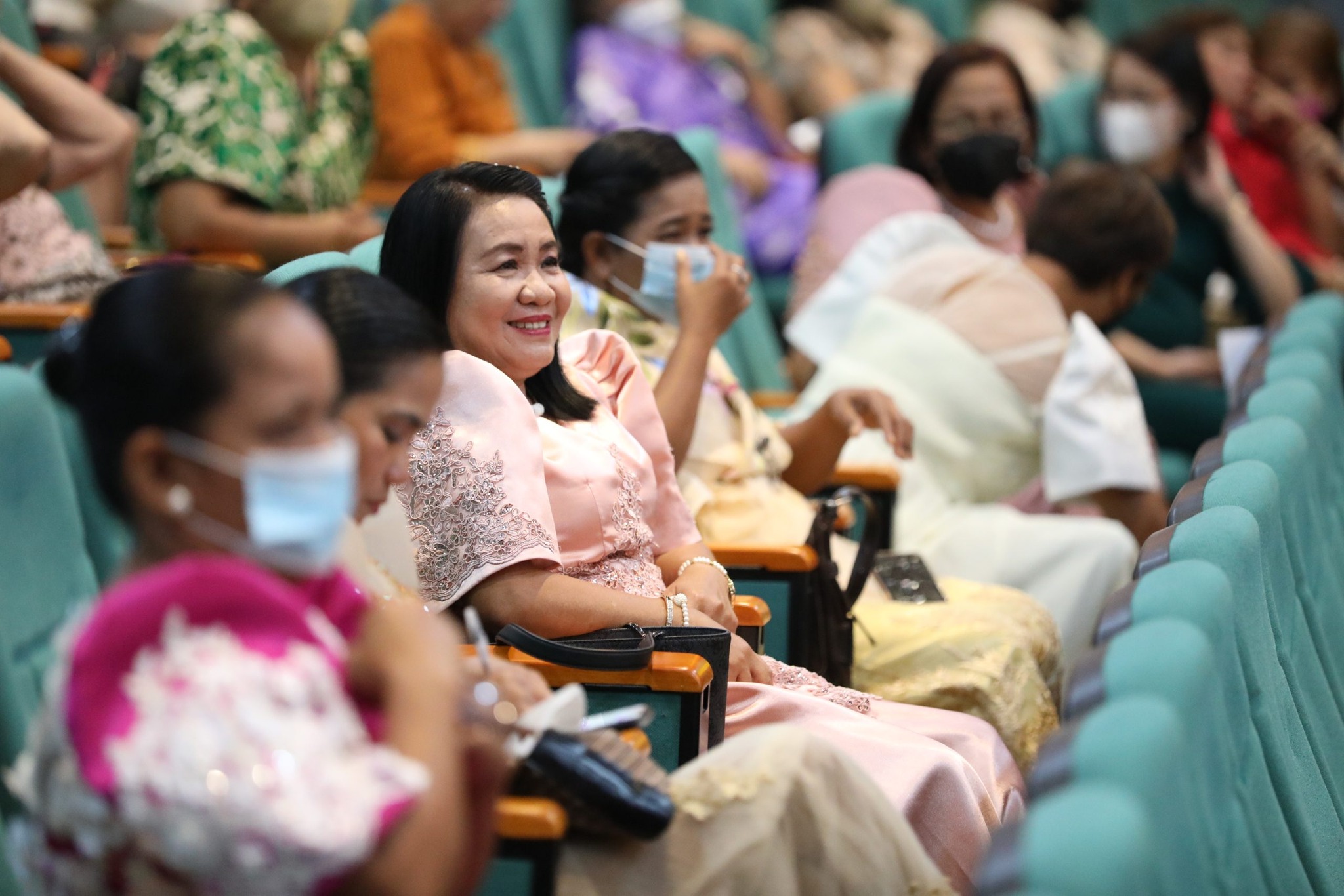

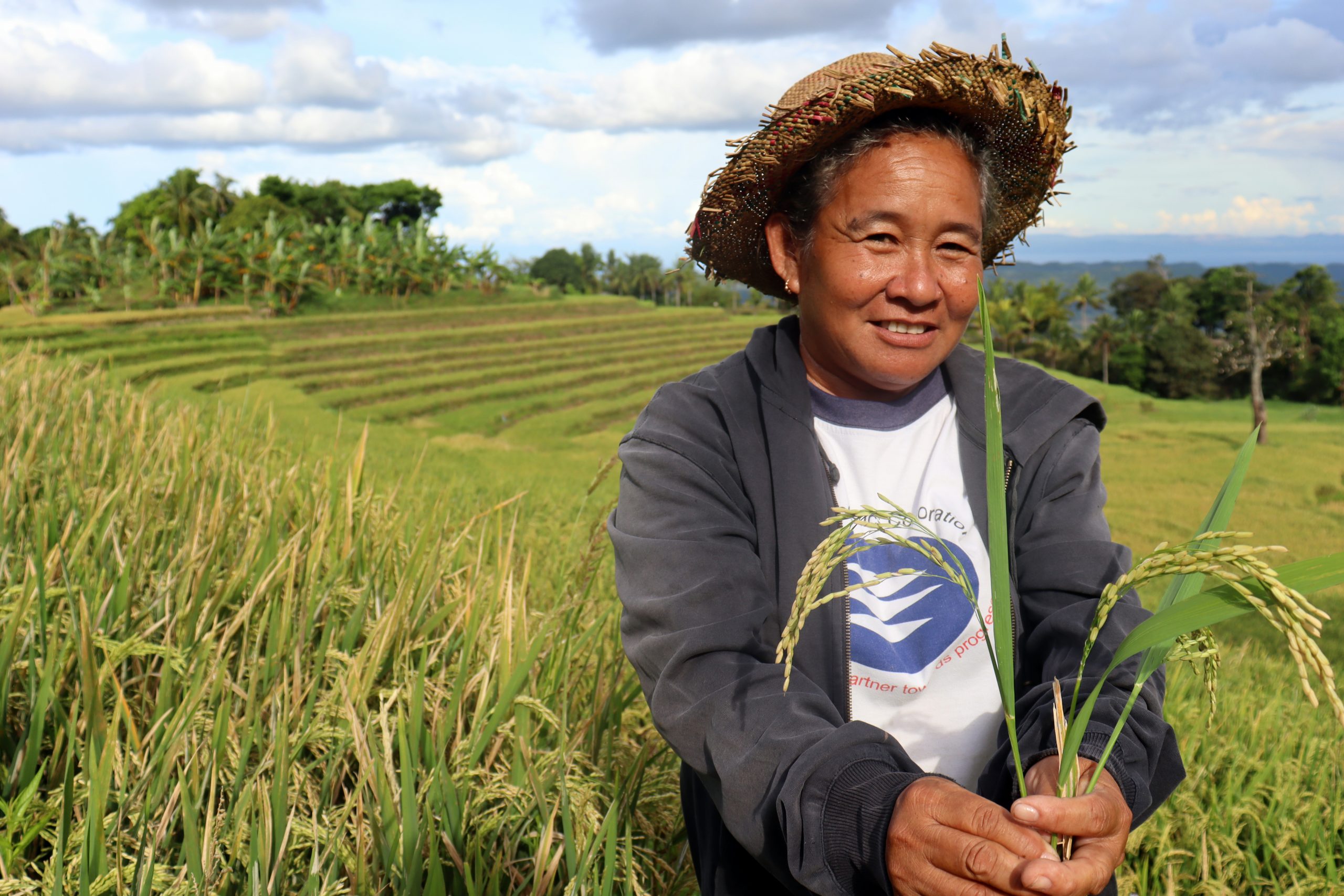
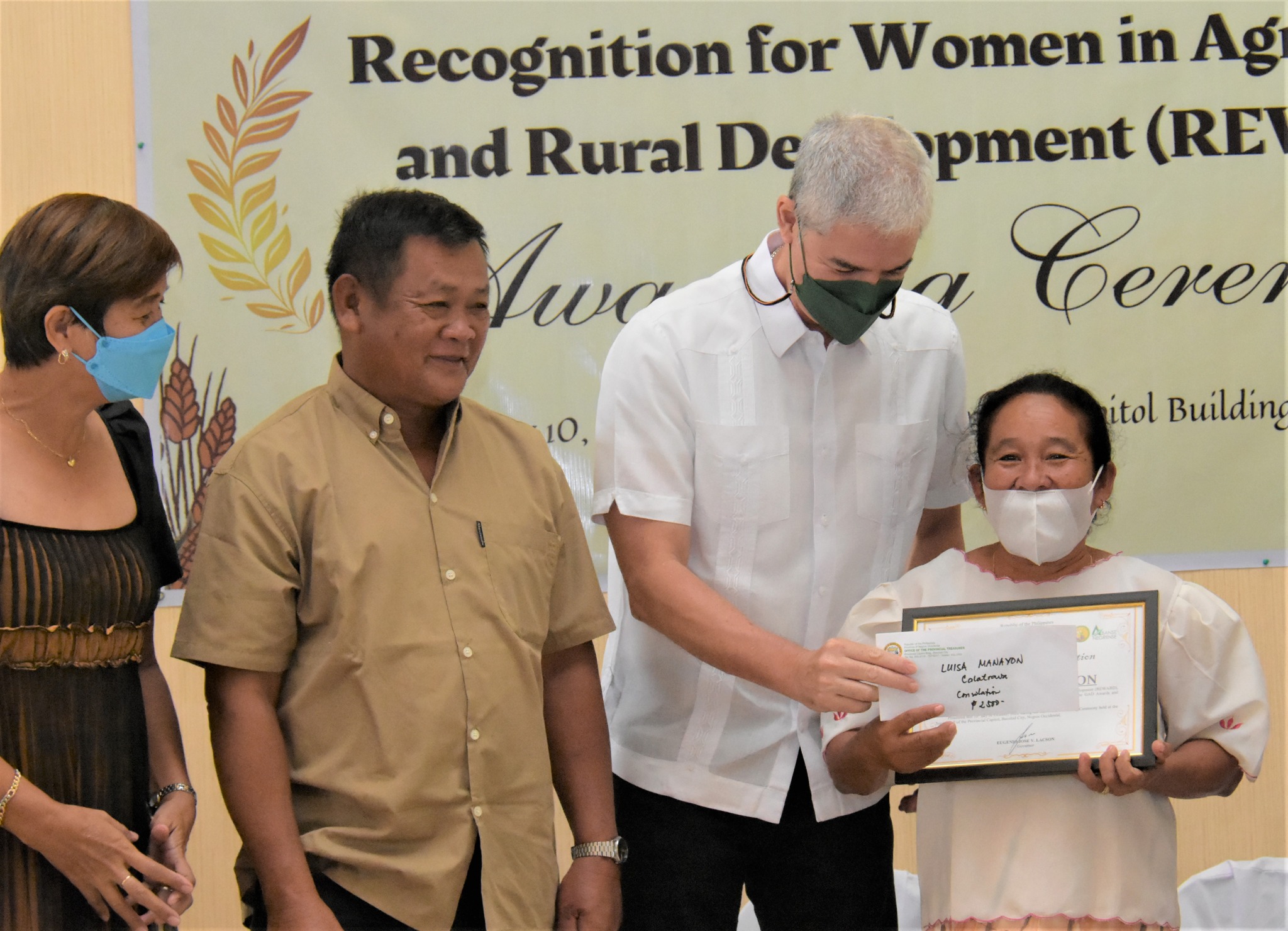
Comments (0)